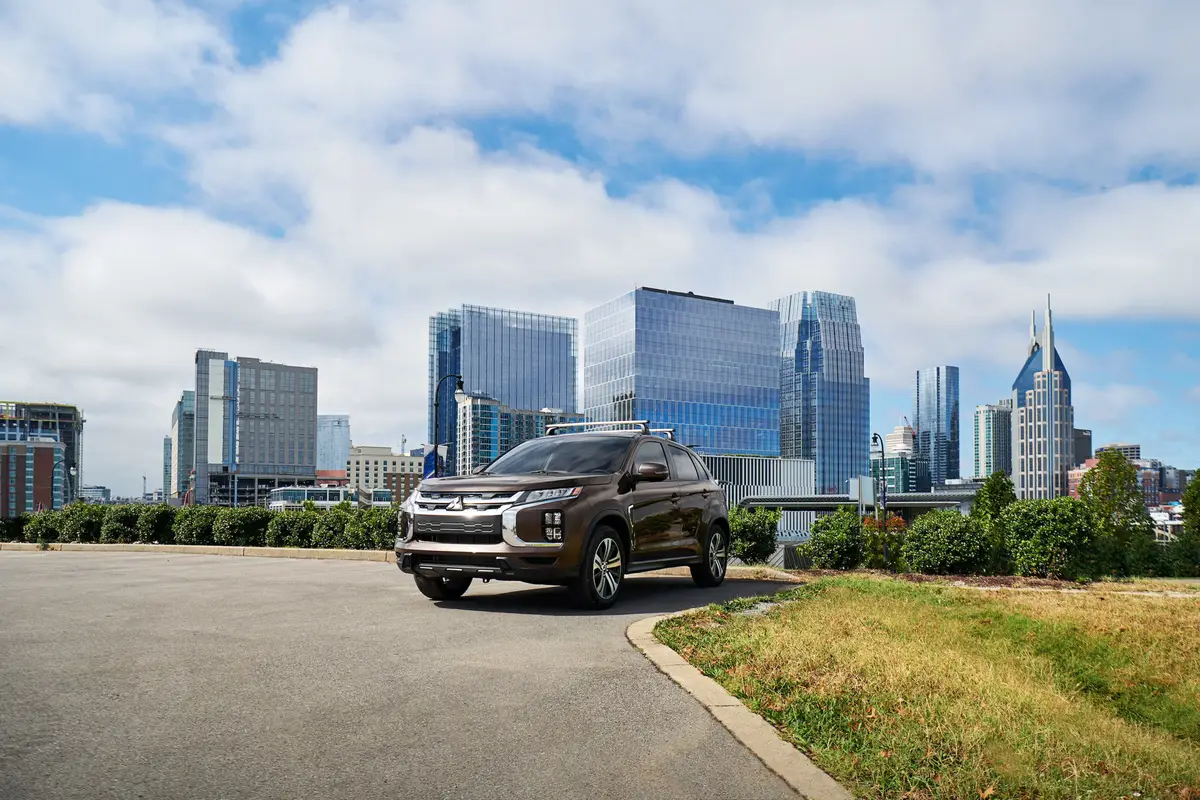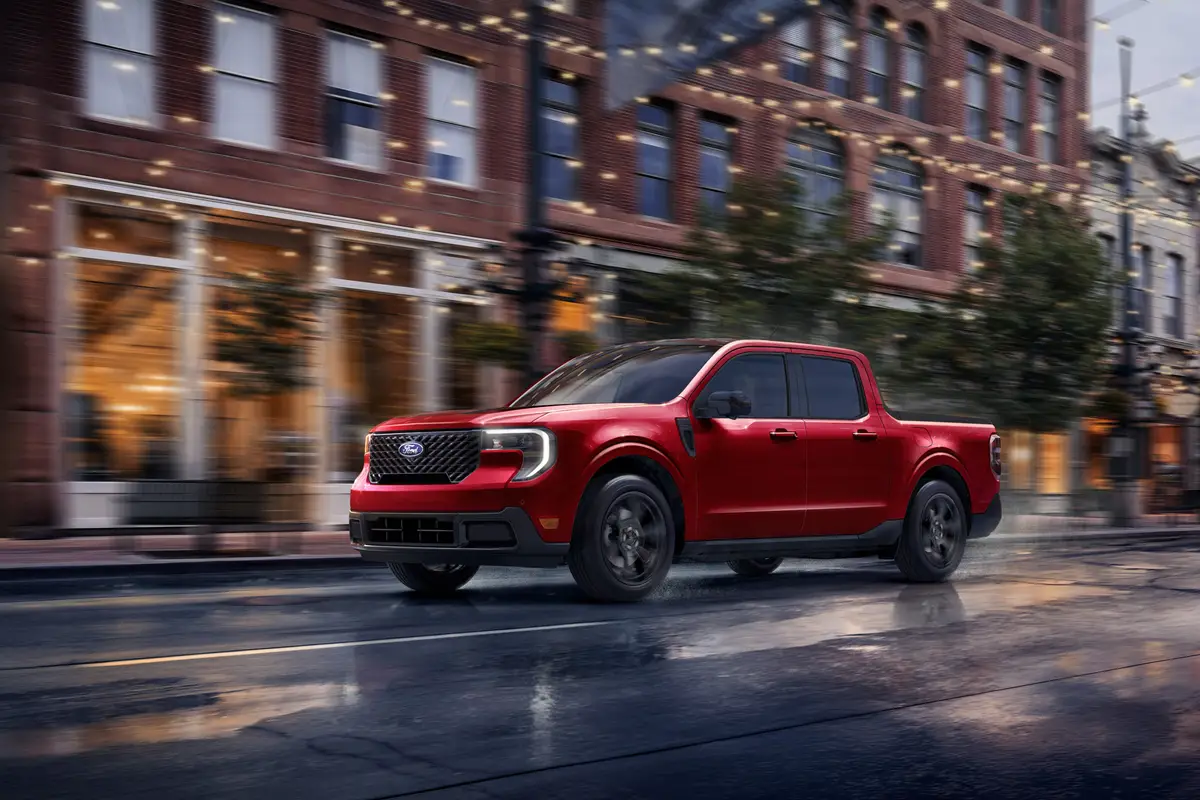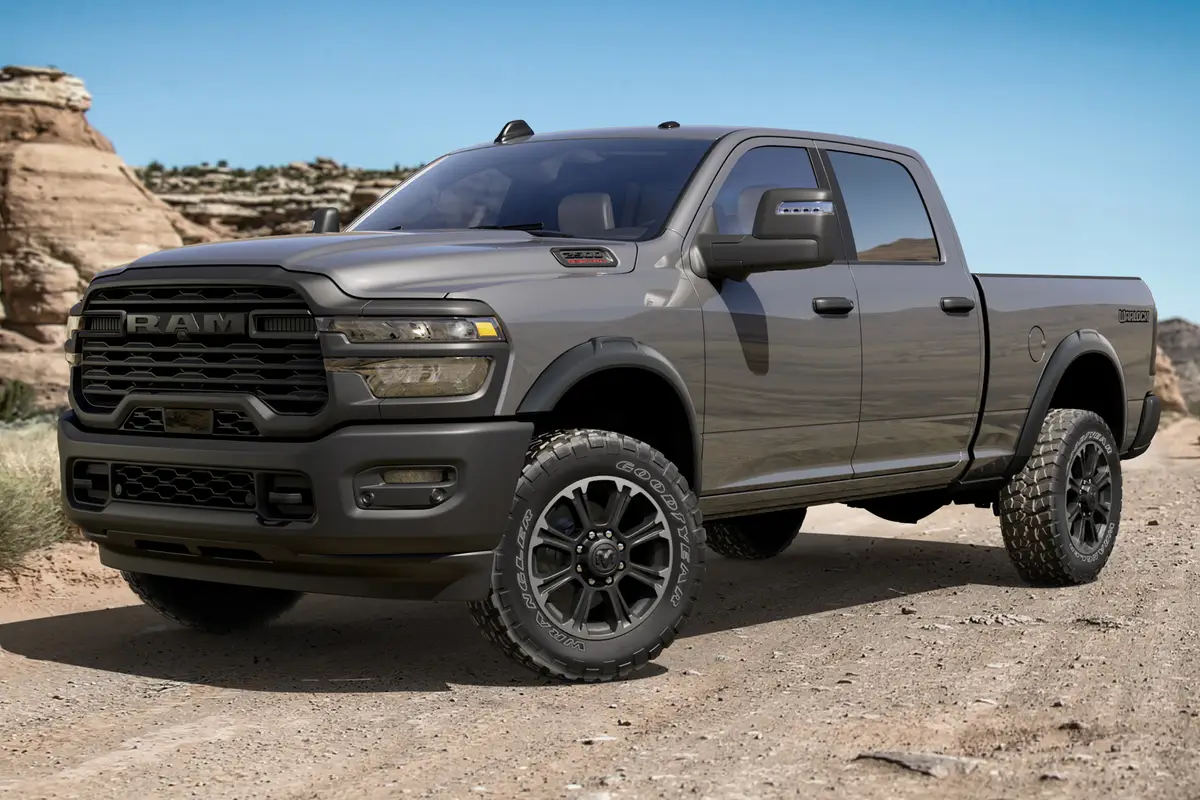KansasCity.com's view
From small to large, Toyota is blanketing the SUV segment with a model for every size. The Highlander crossover vehicle is one of its newest.
Considering that the majority of folks use SUVs like cars, I think the Highlander is also one of Toyota’s best because it embodies the driving characteristics of a car without sacrificing the utility of an SUV. The cargo hold is big enough to be useful, and the back seat drops flat in one single motion. Towing is limited to 3,500 pounds, but that is adequate for small camp trailers, personal watercraft and such. Think of the Highlander as essentially a tall station wagon that is not all that different from a Volvo Cross Country or Subaru Outback, and you get a good picture of how it behaves on the road and where it fits into the SUV segment.
Highlander prices start at $23,515 for a two-wheel-drive model with a four-cylinder engine and $26,495 for the top-of-the-line four-wheel-drive model with a V-6 engine. The base 2.4-liter, DOHC, 16-valve, four-cylinder engine with variable valve timing produces 155 horsepower. The 3.0-liter, DOHC, 24-valve, V-6 engine, also with variable valve timing, delivers 220 horsepower. Both engines carry LEV (low emission vehicle) EPA certification.
Even though the front-wheel-drive base model should have adequate traction in the winter, Toyota predicts more than half of the buyers will opt for four-wheel-drive for the added security it provides. I concur. The V-6 is likely to be the engine of choice because it offers energetic acceleration, a lack of vibration and a charming personality.
I recently drove a V-6-engined, four-wheel-drive Highlander Limited on a long weekend trip, which reinforced the fact that it feels and drives more like a luxury car than a truck. Fit and finish was first-rate, engine and road noise were nicely quieted and the ride was no rougher than a family sedan. That, to my way of thinking, is a real plus unless you regularly need three rows of seats, heavy towing and off-road prowess. In that case, a larger SUV would suit you better.
My wife and I clicked off more than 350 highway miles with the regularity of a metronome. The fact that we could sit for hours at a time without fidgeting is a sure sign that the seats provided support in all the right places. Given the tall profile, large outside mirrors and a roof-mounted luggage rack, wind noise was moderate, with the exception of one stretch where we drove into a very strong, oblique head wind.
The Highlander drives like a car because it is a derivative of the Lexus RX 300, itself a vehicle that evolved from the Toyota Camry chassis. (Lexus is the American luxury division of Toyota.) The main difference between the Highlander and RX 300 is a 3.9-inch-longer wheelbase and a squared-off body whose trucklike shape is reminiscent of a scaled-down Sequoia, ToyotaÕs full-size SUV built on the Tundra pickup chassis. The HighlanderÕs extra length and boxi er body result in more interior space than the RX 300. The purposefully conservative exterior is brightened up by fender flares over each wheel and clear-lens headlights that give it a wide-awake, bright-eyed look. Personally, I would prefer exterior styling with a bit more zing, but the Highlander was so nice to drive that it overshadowed its conservative look.
The level of assembly and quality of materials in the Highlander’s cabin reminded me of the Lexus RX 300. The Limited model has woodgrain trim that is attractive in spite of the fact that it doesn’t really look like wood. The automatic climate control and JBL stereo could have been lifted directly from a Lexus. Knobs and switches glide effortlessly.
The gearshift lever protrudes from a small binnacle at the bottom of the instrument panel, and while it may look awkward it shifts just like any other floor shift.
A couple of complaints. The lack of a center console between the front seats means there i o place for storing sunglasses or CDs while on a trip. (There is a small space for sunglasses in the overhead console, but a glasses case wonÕt fit.)
Also, the cupholders, which fold out from the side of the driverÕs seat are so large they donÕt hold small cups or cans securely.
The independent rear suspension uses MacPherson struts, and they intrude on the width of the cargo space.
A safety note: Anti-lock, four-wheel disc brakes, with brake assist and brake force distribution, are standard. A vehicle stability control system with traction control is optional. Side-impact airbags and limited-slip differential are also optional on four-wheel-drive models.
The Highlander is more like a tall station wagon than a truck, and it drives as quietly as a luxury sedan. Real “truck folksÕÕ may want a third seat and more towing capacity, in which case Toyota offers the Sequoia.
Price
The base price of our test car was $26,495. The Limited package, a $3,495 option, adds alloy wheels, JBL audio system with eight speakers, privacy glass, keyless entry, woodgrain trim, roof rack, mudguards, heated side mirrors and bits of interior chrome trim. Other options included power moonroof, tow prep package, trailer hitch, leather upholstery and heated seats.
The sticker price was $33,955.
Warranty
Three years or 50,000 miles.
{Point:} The Highlander is crossover vehicle that offers the functionality of an SUV without the size, or roughness, of a truck-based vehicle. It rides firmly, is assembled tightly and could pose as a luxury sedan.
{Counterpoint:} The cargo width is restricted by the rear shock absorber towers, cupholders could be better and I missed not having a console storage bin.
SPECIFICATIONS:
Engine: 3.0-liter, V-6
Transmission: automatic Four-wheel drive
Wheelbase: 106.9 inches
Curb weight: 3,880 lbs.
Base price: $26,495
As driven: $33,955
Mpg rating: 18 city, 22 hwy.
> >
Latest news



